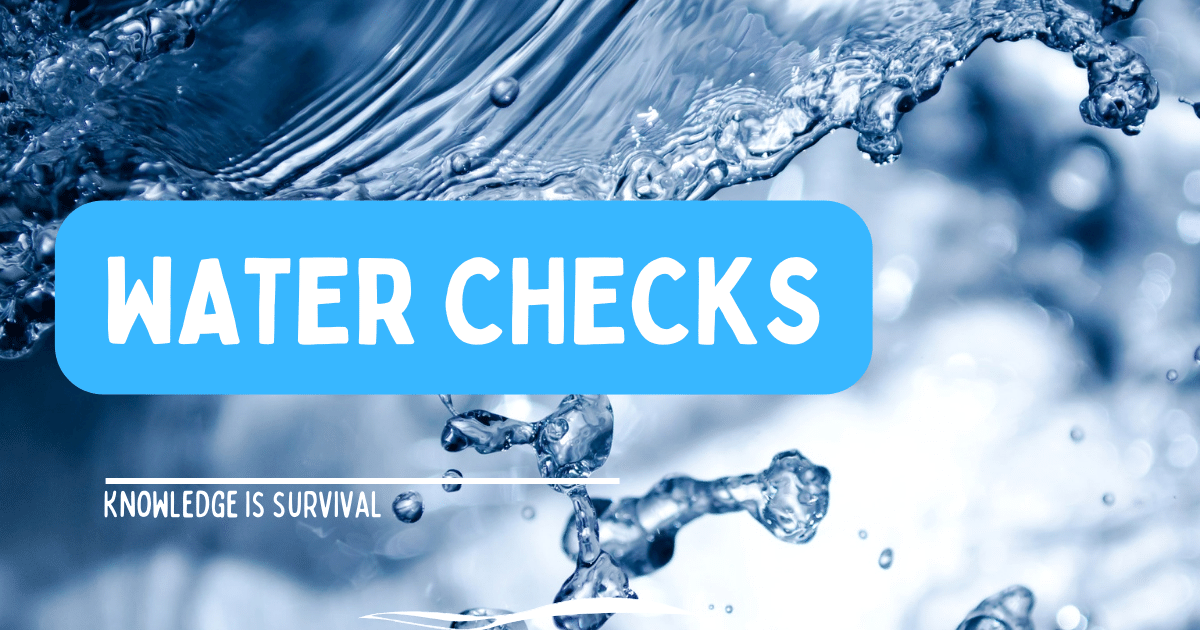Access to clean and safe drinking water is a basic human right, yet when a disaster hits, it could mean a struggle with contaminated water sources. It’s important to ensure your drinking water is free from harmful contaminants such as bacteria, viruses, chemicals, and heavy metals so you and your family do not get sick from bad water.
This article provides tips and techniques for testing the quality of your drinking water so you can be sure it’s safe for consumption. From simple at-home tests to more advanced laboratory analysis options, this guide covers everything you need to know about ensuring the safety of your drinking water.
There are several ways to check if water is safe to drink:
- Visual Inspection: Inspect the water for any visible particles, cloudiness or discolouration.
- Taste and Odor Test: Take a sip of the water to check for any unusual taste or odour that may indicate contamination.
- pH Testing: Use a pH test strip to determine whether the water is acidic or alkaline. Drinking water should have a neutral pH level between 6.5 and 8.5.
- Total Dissolved Solids (TDS) Test: Measure TDS levels in your drinking water using an electronic TDS meter to detect impurities such as minerals, salts and metals dissolved in the water.
- Microbial Testing: Conduct microbial testing by sending samples of your drinking water to a laboratory for analysis that can detect bacteria, viruses and other harmful microorganisms in the sample.
- Chemical Analysis: Get your drinking water tested at a certified lab for chemical contaminants like lead, arsenic or pesticides, which can be dangerous even at low concentrations
Clean water is essential for human health and survival. It is vital in maintaining bodily functions like digestion, circulation, and temperature regulation. Without clean water, people risk developing illnesses caused by contaminated or polluted water sources.
Clean water is also important for agriculture and food production. Crops require adequate amounts of clean water to grow properly, and livestock needs it to survive. Lack of access to clean water can lead to crop failure and famine.
If you ever find yourself in a difficult situation where clean water is scarce, knowing these methods to create your own clean water can be crucial for survival.
Closing remarks
In conclusion, ensuring safe drinking water is essential for maintaining good health. Testing the quality of your water regularly and taking necessary steps to improve it can go a long way in preventing illnesses caused by contaminated water. By following the tips and techniques discussed in this article, you can ensure that your family can always access clean and safe drinking water. Remember, prevention is always better than cure when safeguarding your health!

